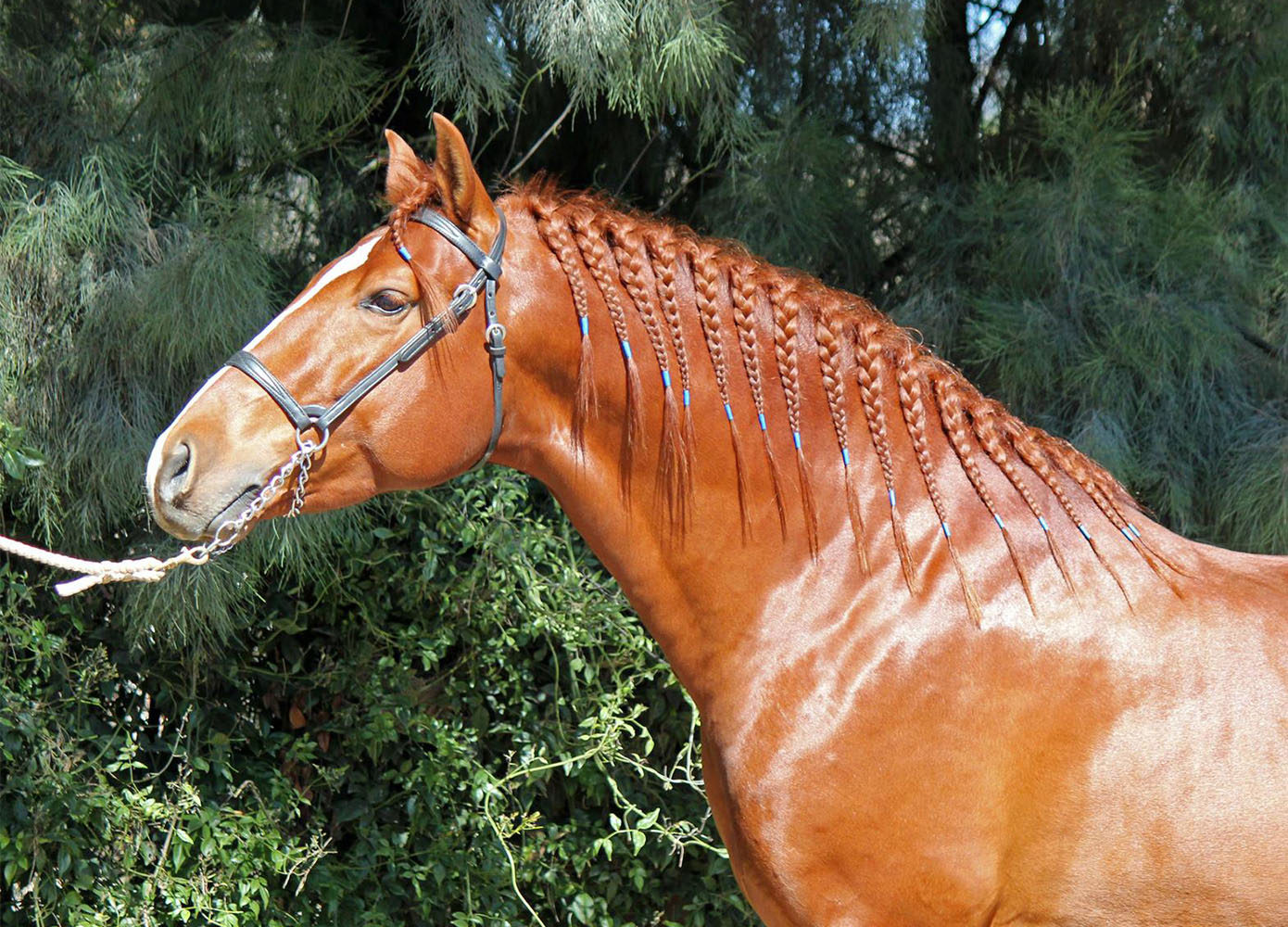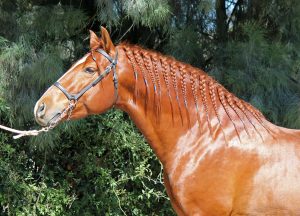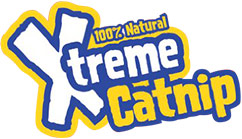9 Ways to Braid Your Horse’s Mane


Nowadays, many just braid their horse’s mane to improve the horse’s look in show rings. Judges will be more impressed by a horse with a nice, tidy, and consistently braided mane. However, braiding your horse’s mane should not be done just for cosmetic reasons, as poor braiding hurts the animal’s neck and hair roots.
This pain will encourage your pony to brush against surfaces to reduce the irritation caused by the improper braiding. Unfortunately, frequent stroking means that your horse’s mane will never be healthier, longer, or fuller.
Check out these helpful braiding ideas for saving your horse’s mane.
1. Before Brushing and Plaiting Your Horse’s Mane, Wash and Clean It
Before you begin plaiting, make sure the mane is clean and clear of debris, knots, and grime, since unclean hair is typically sticky and difficult to braid.
Furthermore, because braiding exposes dandruff and debris, it is important to wash your mane, especially at the roots. Allow it to dry completely before beginning to braid.
Credit for the image of a horse being washed goes to christels and pixabay.
2. Properly Brush Your Horse’s Mane
To avoid flyaways when brushing, dampen the mane consistently with water and a sponge. You may also use a pair of scissors to carefully cut the flyaways.
Brush through the mane and check for knots one final time before braiding.
3. Braid Just Little Sections at A Time
Horses have lengthy necks that become even longer when they kneel to feed or drink while you’re braiding. As a result, braiding tiny pieces at a time may be preferable to generating strain on the mane when the horse moves its head throughout the procedure.
Starting near your horse’s head (at the top of the mane) and working on pieces of only a few inches of mane is the ideal method to accomplish it. Of course, it looks that you’ll be doing a lot more braiding, but it’s worth it to maintain your horse’s mane.
4. Braid The First 4 to 5 Crosses of The Braid Loosely
Make sure the initial few braids at the top of the mane are not excessively tight, since this may tension up and aggravate your animal’s neck and mane roots.
There’s no question that you’ll need some tension to keep the mane in place, but make sure the braids are loose enough to keep the mane in place while still not irritating the animal. Don’t put your horse through pain!
5. Finish by Cleaning and Tightening The Rest of The Braid
Start working on the remainder of the mane portions neatly and securely after lightly braiding the first 4 or 5 strands. But don’t overdo it with the tightness. Simply ensure that the braids are clean and tight enough to hold the remainder of the braid in place.
6. Braid All The Way to The Bottom
Lazy braiders believe that braiding all the way to the end of the mane is unnecessary. Going all the way to the bottom of the mane, on the other hand, will greatly protect the ends of the horse’s mane and give it a tidy finish.
It’s ideal to leave at least 3-4 inches of the mane’s bottom unplaited.
7. Use Black Electrical Tape to Secure Your Braids
After plaiting, you may wish to secure each mane segment, and the easiest method to do it is using electrical tape. This elastic and flexible tape will assist you in obtaining a tight and solid grip on the braid’s end.
The advantage of this tape over others is that it does not leave additional crud in the mane. Elastic rubber bands can also be used, however using them for a lengthy period of time might harm the horse’s mane by gradually cutting off the bottom of the mane.
Whatever you choose to use, don’t keep anything in the braid for longer than 7-10 days. It’s best to give the mane some breathing room.
8. Tuck Braids If Your Horse Has a Long Mane
A long mane is beautiful, but the horse’s braids may be damaged when he eats or drinks. Tucking the braids will shorten their length.
9. Steer Clear of Braiding Around The Withers
Unfortunately, the withers and the areas around them experience the most strain throughout the horse’s activity. Braiding the region will only make the horse feel worse, so leave the piece of the mane closest to it unbraided.
And, indeed! Even loose braids can cause a lot of discomfort and irritation around the withers.
Summary
Braiding your horse’s mane improves the appearance of your animal, but a well-woven braid is frequently a fantastic method to express how much you care for your animal.
Your horse is a valuable asset, and you want it to look its best. Fortunately, you’ve got some pointers on how to accomplish exactly that!
Petstup is an official seller of the many well-known pets brands, focused on improving the lives of pets, pet parents and our partners. We proudly offer a large variety of pet nutrition products and supplies competitively priced for dogs, cats, reptiles, fish, birds, horse and small animals. Petstup is your one stop shop for all your pet’s needs. All our products are authentic, and pass all mandatory United States standards and veterinary practices. We run several warehouses across the United States to serve you better and faster.




















